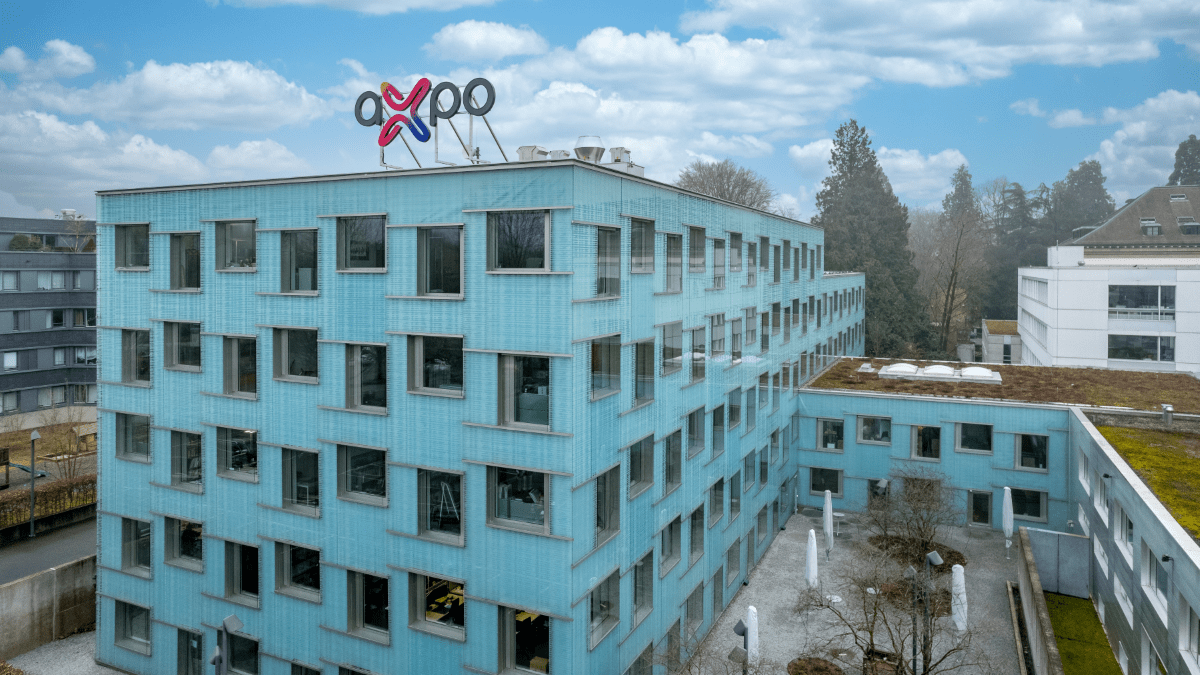20.01.2022 | Four-legged robot to support daily work
‘Spot on’ at the nuclear power plant
Grappling with new technologies is part of everyday life at a nuclear power plant. The Leibstadt nuclear power plant (KKL) is currently testing whether a robot can help employees with their daily work. Operated via remote control, this mechanical four-legged friend does the rounds in areas subject to radiation exposure and can create radiation maps – even managing to look cool while doing so.
For many employees at nuclear power plants, dealing with radiation is a daily reality. Radioactivity (and the ionising radiation emitted as a result) isn’t always dangerous. As with many things, it depends on the dose. In Switzerland, this dose is clearly regulated for people who are subject to occupational radiation exposure, with limit values set at a low level so that a risk to health can always be ruled out. Nevertheless, the maxim at power plants is that the radiation exposure of employees should remain as low as possible. This is where Spot comes into play.

Spot is not just a four-legged robot that has taken the online community by storm with its dance moves. It is also a commercially available industrial robot that can perform tasks in areas that are potentially dangerous for humans. ‘We want to find out whether robots can be deployed in a complex facility such as a nuclear power plant,’ says Philipp Blomen, who is responsible for the ‘Nuclear 4.0’ innovation programme at Axpo. ‘We’re confident that robotics offers us huge potential. The two-week trial at the Leibstadt nuclear power plant is just the beginning.’
Rather than roaming the nuclear power plant autonomously, Spot is operated via remote control. While the robot carries out its work in areas with a high dose rate (absorbed radiation dose per unit time), the person with the remote control can remain in a room with a low dose rate. ‘Spot doesn’t replace us,’ says KKL radiation protection officer Jan Rülling. ‘But when it’s working in areas with a high dose rate, we don’t need to enter those areas and can therefore further reduce the dose for staff.’
The four-legged robot is equipped with a camera and radiation meter. On its rounds it can then, for example, read displays and create three-dimensional radiation maps – and can even climb stairs. ‘It took a lot of effort to find the right supplier with the right technology and to plan the trials,’ explains Lukas Schmidt, who is working to support the project at the Leibstadt nuclear power plant. ‘The interaction between robot, human and instrumentation can help us gain an even better understanding of the plant condition in lots of areas.’ The results of the two-week trial are currently being evaluated, and there are plans to carry out another test run with Spot over the course of this year.
Robotics will keep innovation specialists at nuclear power plants occupied for some time yet. ‘Robots also help us rethink the way we work,’ says project manager Philipp Blomen. ‘We’re at the very beginning of our journey, and we’re excited about all the things we’ll discover along the way.’




